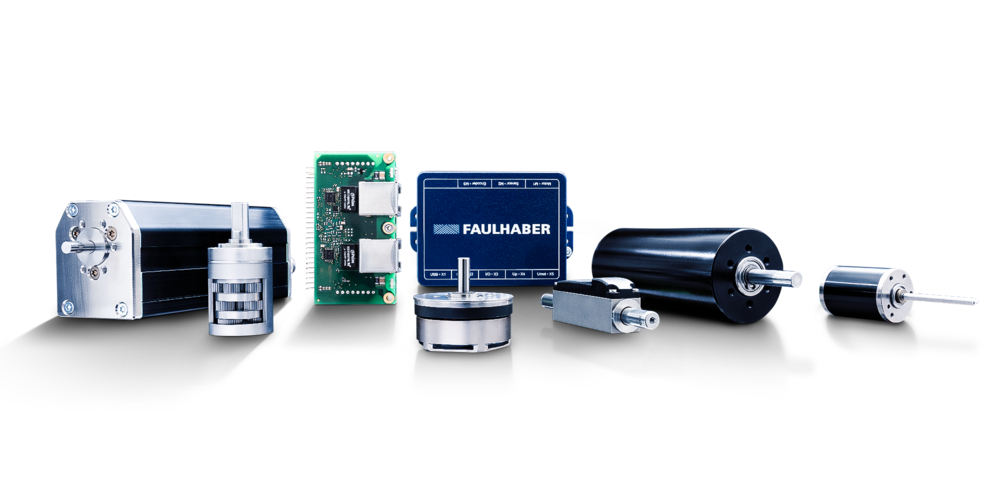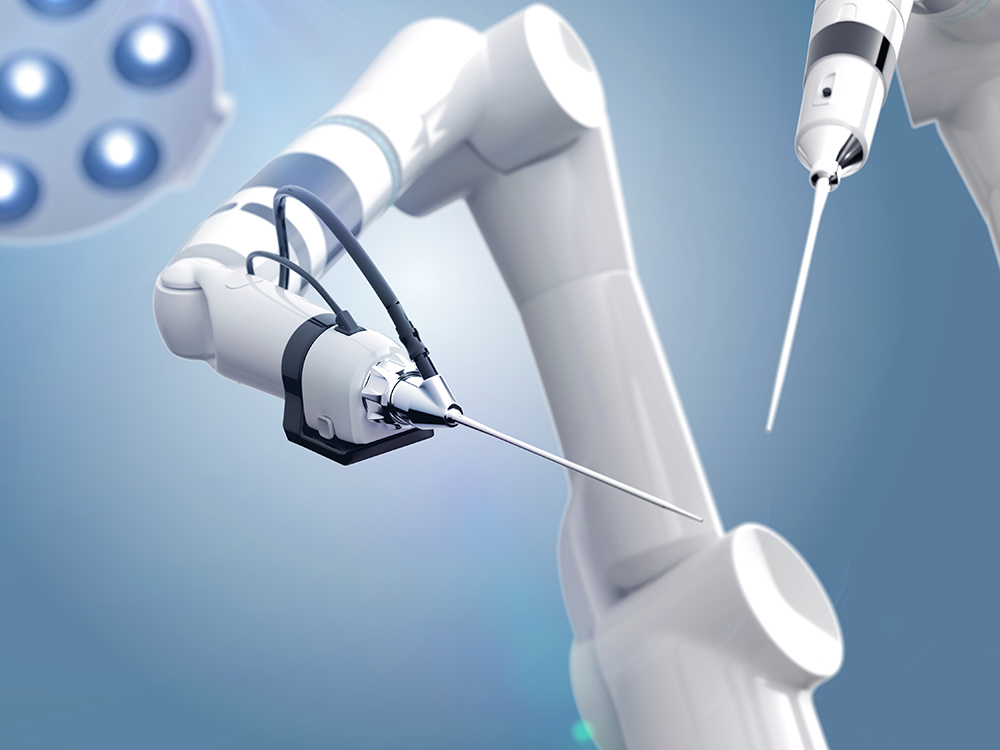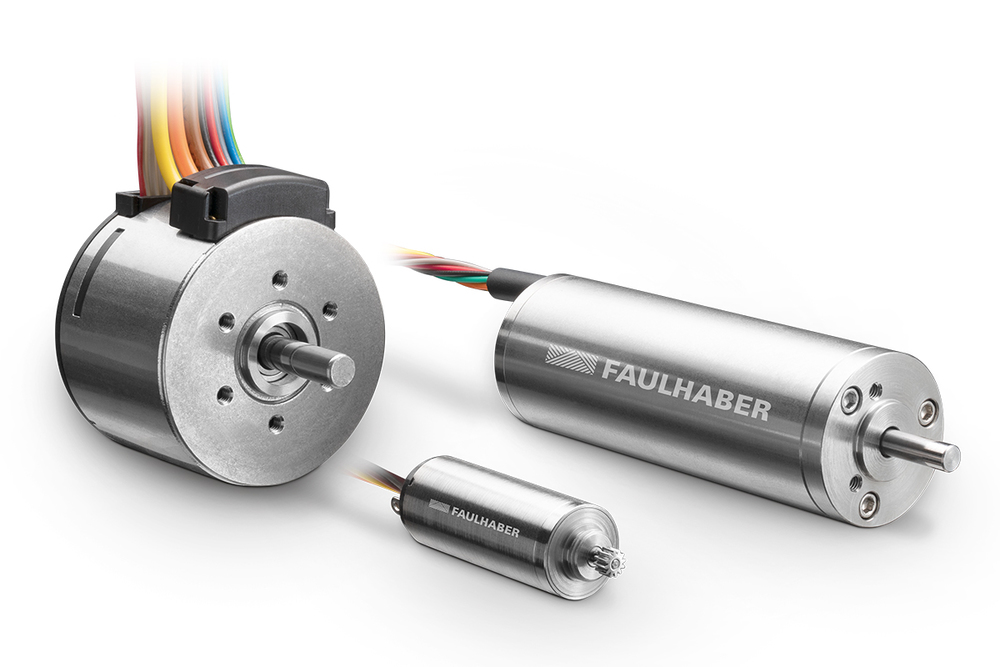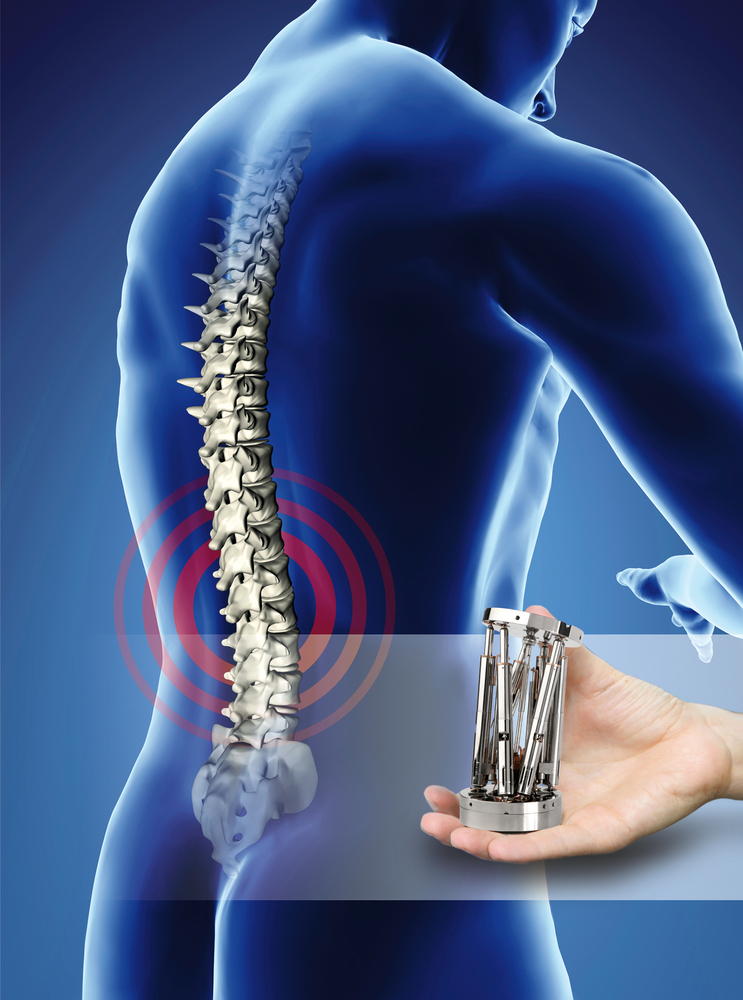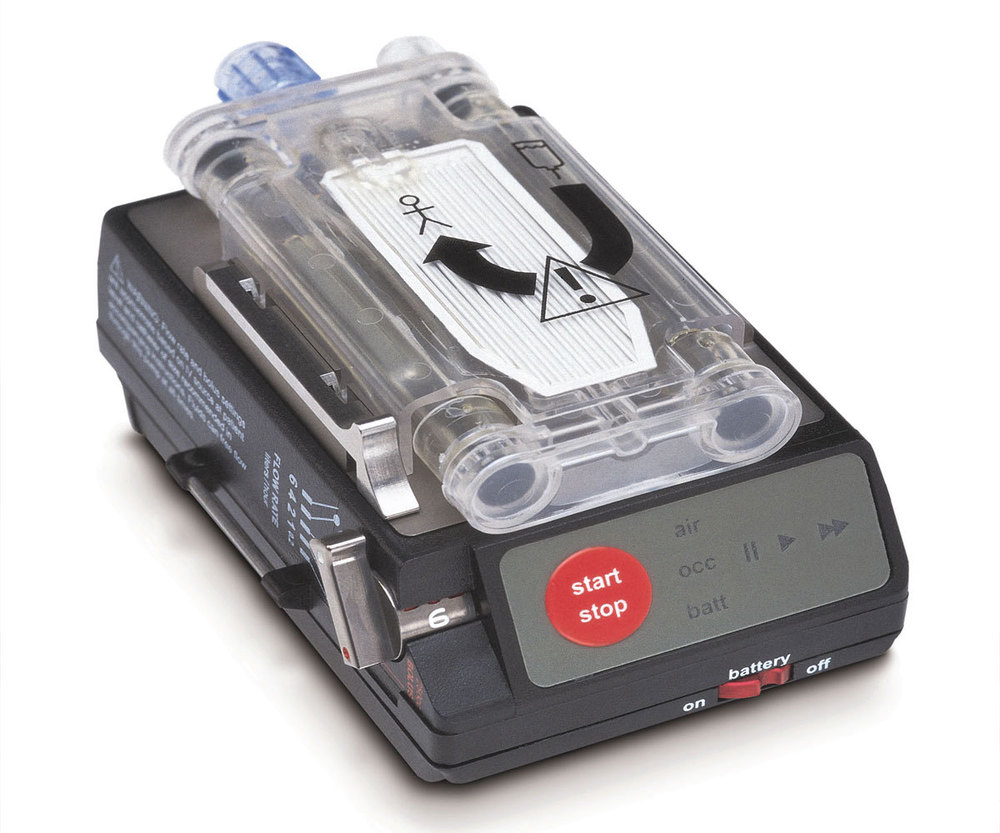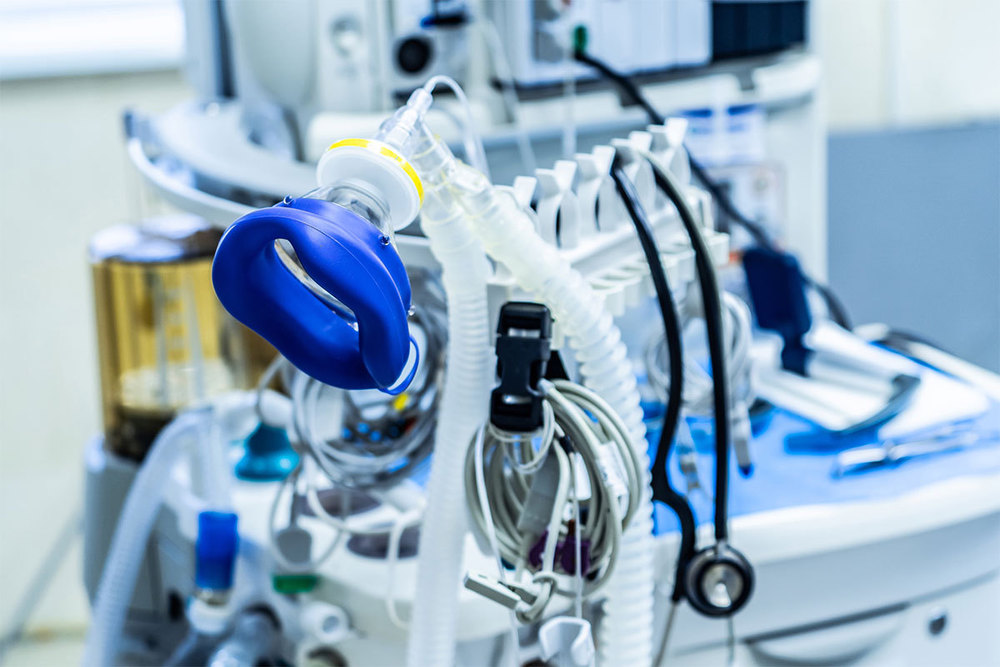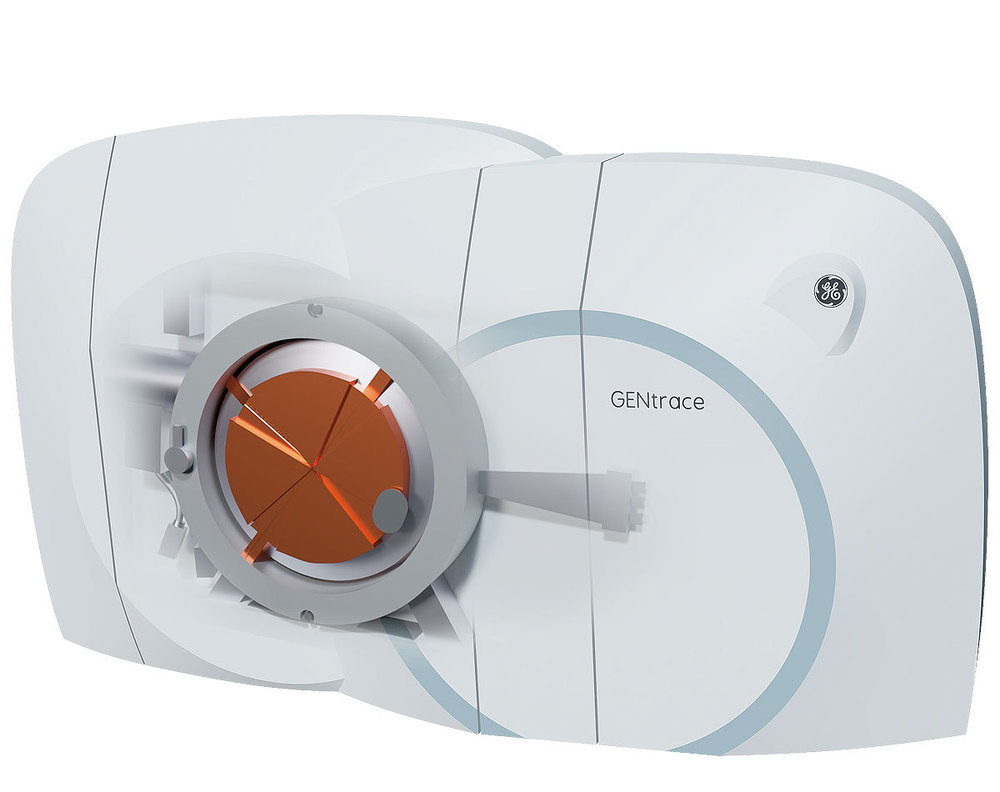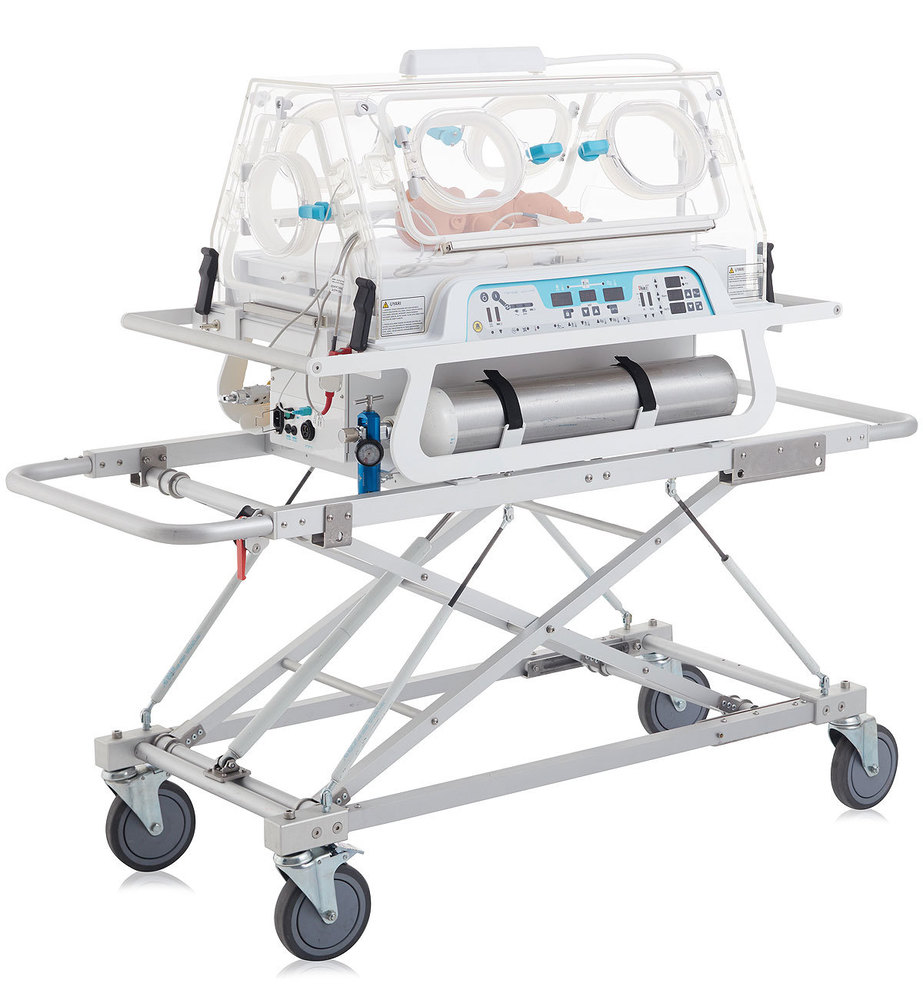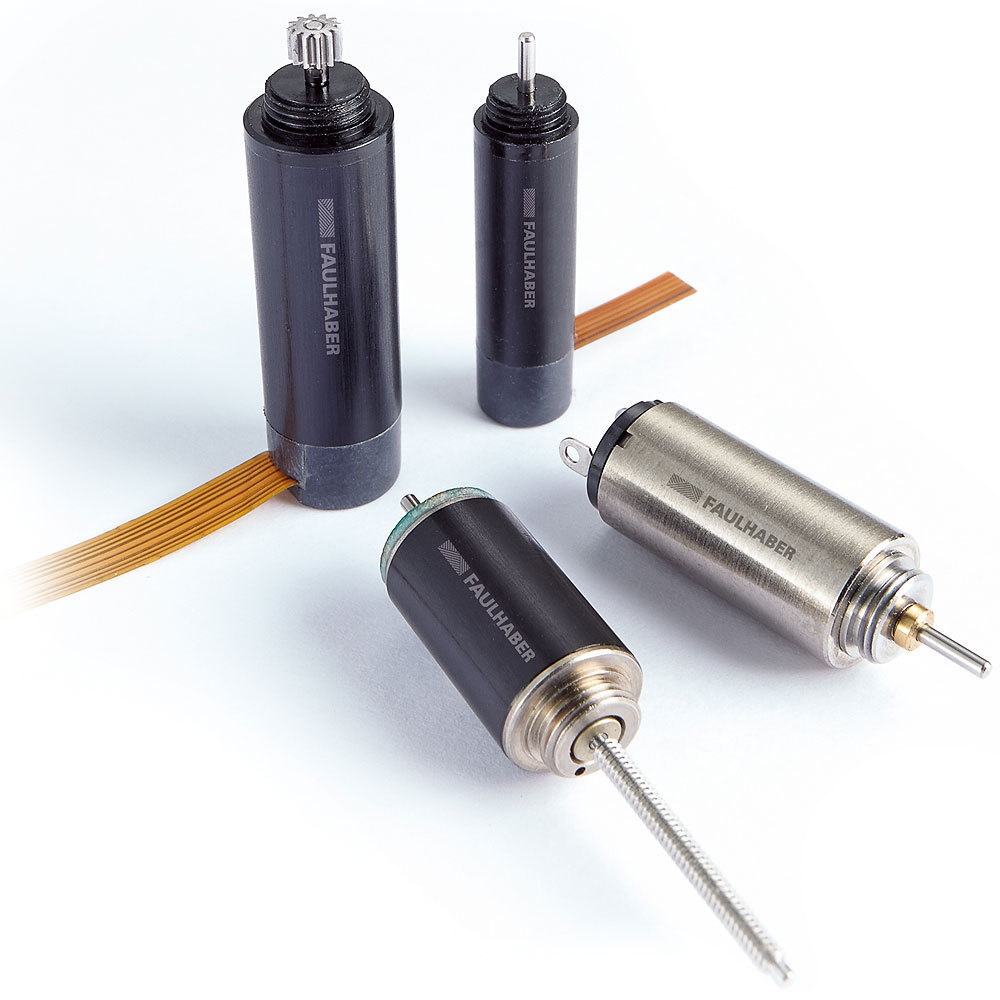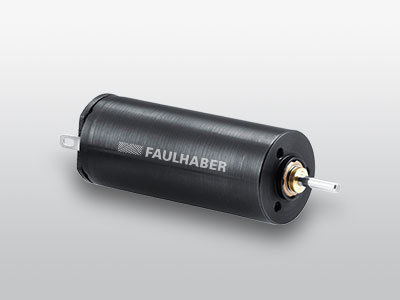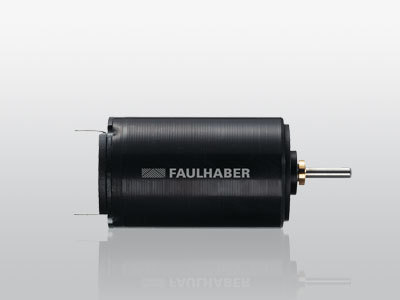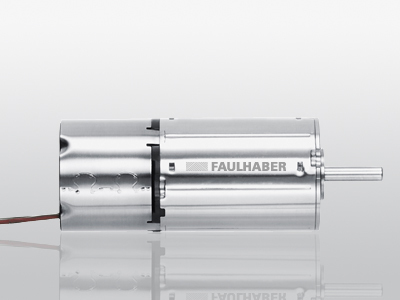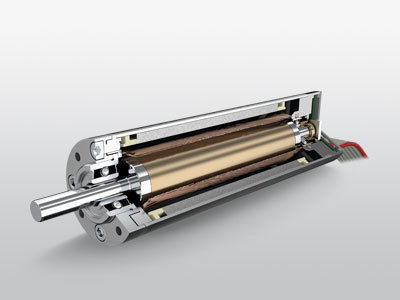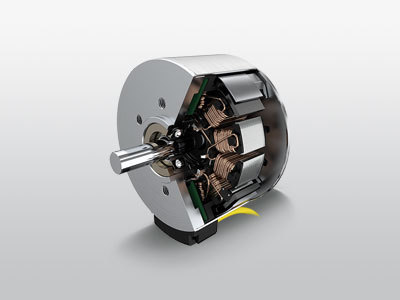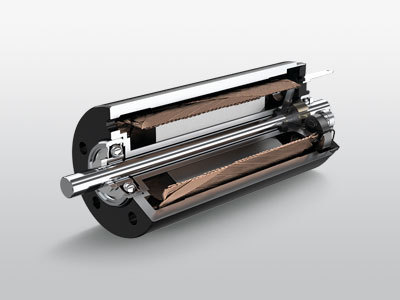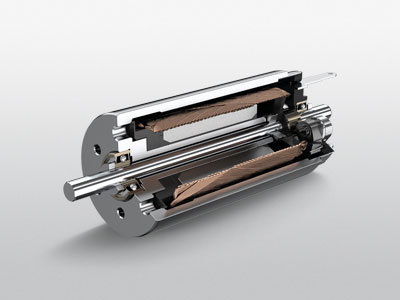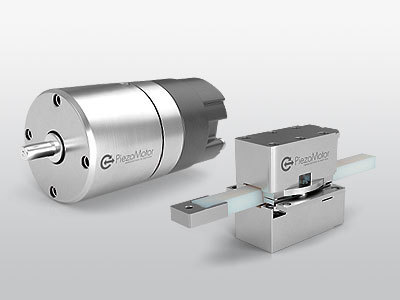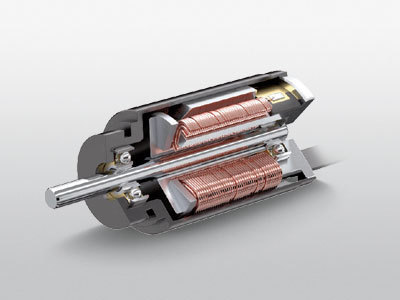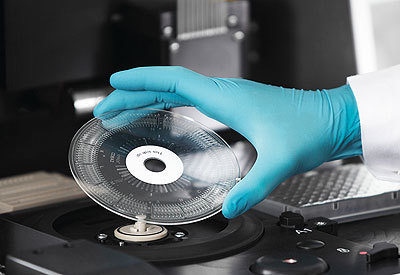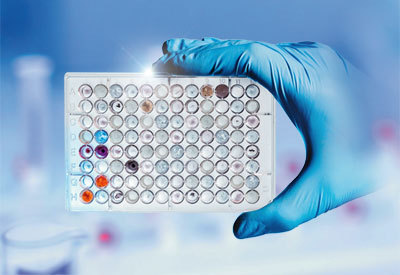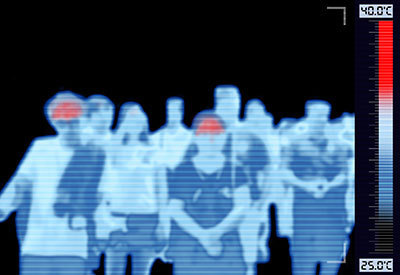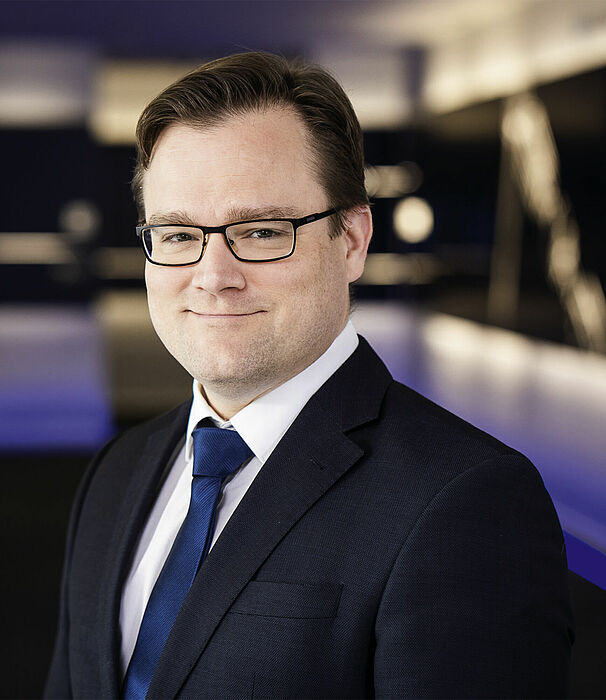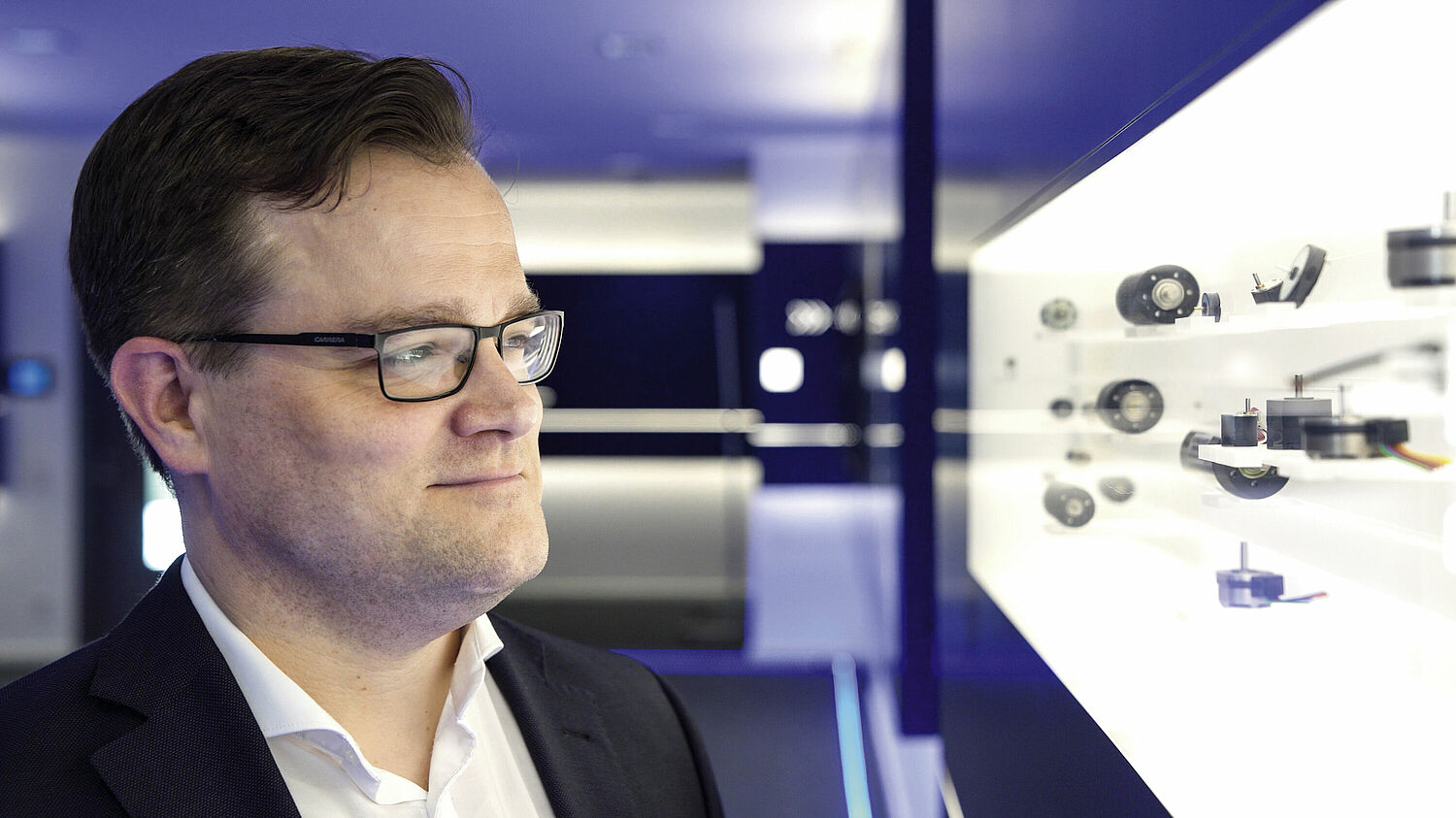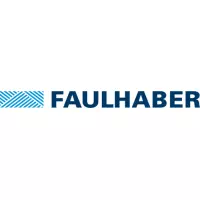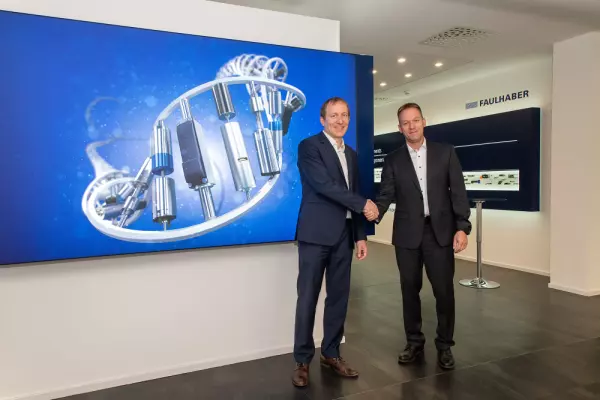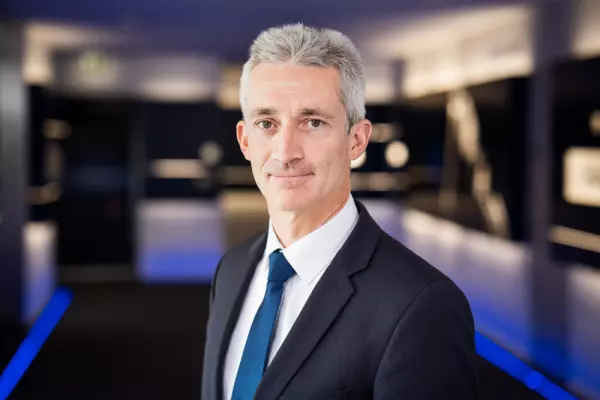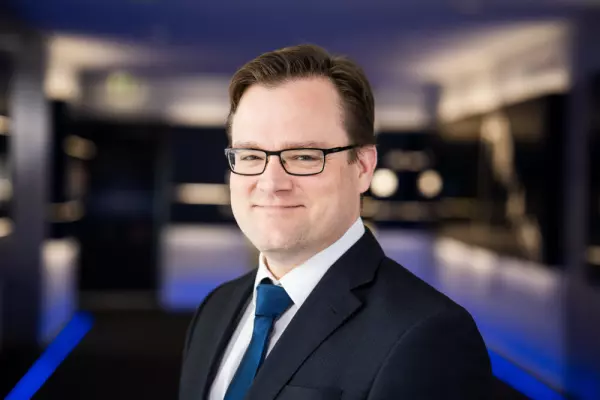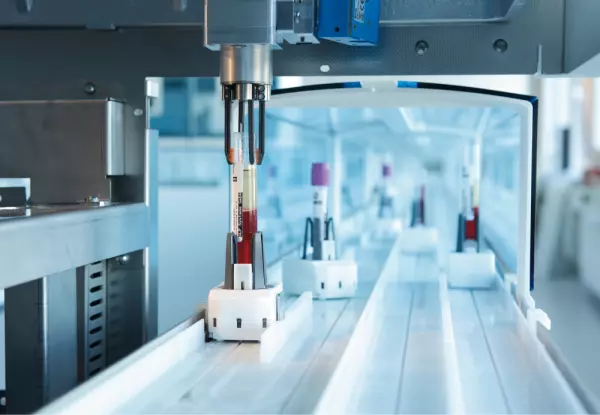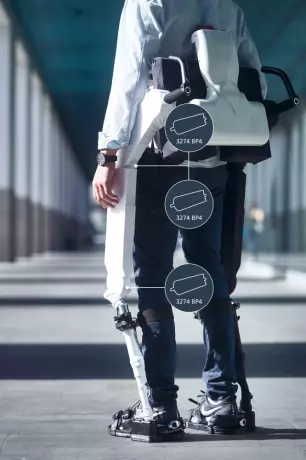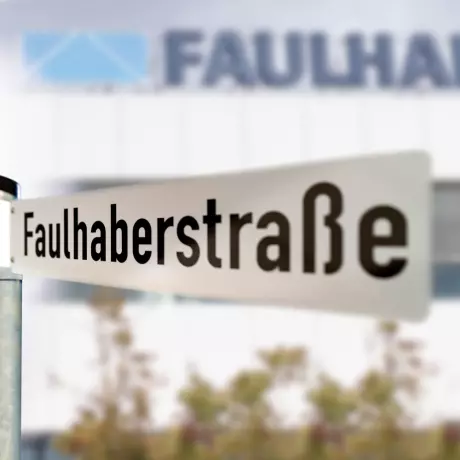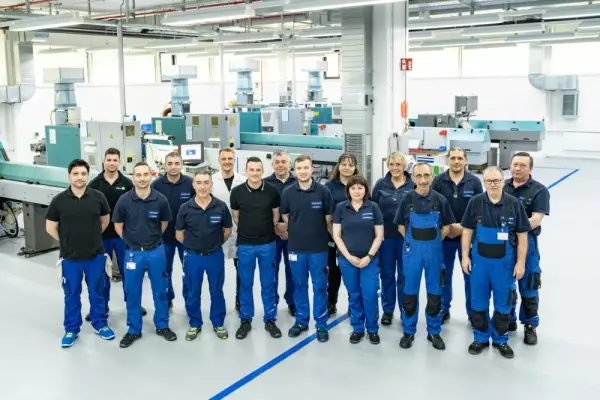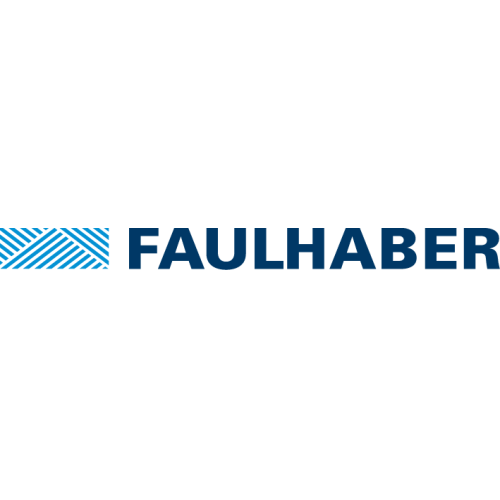
INTERVIEW WITH MANAGING DIRECTOR KARL FAULHABER
For the past year, Karl Faulhaber has been responsible for successfully leading the drive technology company founded by his grandfather into the future. In this interview, he talks about how he evaluates global supply chains with his team in the FAULHABER Group and where he sees growth markets.
What is your overall assessment thus far at the helm of the newly formedFAULHABERmanagement?
The first year under the new management was characterized by an exacerbated situation due to various macroeconomic and geopolitical crises. Our success and growth despite of these crises are due to the team spirit and team work of all FAULHABER employees.
From a global perspective, what are the lessons and consequences?
We are working on our suppliers being positioned more broadly regionally and at the same time we want to localize the supply chains in important geopolitical regions. Moreover, the current situation also affects the cooperation with our international customers. They require more regional support and expertise. On the one hand, the global cooperation entails higher expectations of transparency on behalf of the suppliers, and, on the other hand, confidentiality when it comes to handling customer data and intellectual property.
Semiconductor prices have fallen continuously in recent years. Did this result in any benefits for the company?
As a company that is driven by technology and innovation, we have primarily benefited from miniaturization and the expanded functionality of electronics over the years, and less from falling prices. We have consistently expanded our product range, and we consider the integration of electronic functions and components in our products and system solutions a key advantage for our customers. This strategy entails a higher risk of dependency on these components.
What are your expectations concerning the future supply of semiconductors?
The main challenge we've had last year was the procurement of electronic components. Much like our customers and suppliers, we are also hoping that this situation will improve in 2023. But thus far, we have not seen any obvious signs of fundamental improvement.
What is more important in the future: Deliverability at all costs or cost optimization?
We are always working on improving deliverability and our cost structures. Under normal circumstances, you can't say that any given factor is more important than the other, but due to the extreme volatility in the semiconductor market and high inflation in some aspects, we've had to use different evaluation criteria in the short term. In the interest of deliverability, we've had to absorb significant cost increases in some aspects.
How does FAULHABER ensure deliverability in times of crisis?
In order to still be able to deliver in these times of crisis, we first had to establish a way of communicating even more closely with our customers and suppliers. We have to understand what their priorities and possibilities are before we can establish our solution approaches accordingly.
We have to pro-actively address the problem cases and solve them with flexible and adaptable methods, depending on the situation. In the simplest but very expensive case, this can mean higher material costs and inventory buildup, but it may also mean that we need to quickly develop an alternative technical solution together with our customers. In these types of situations, it's people finding a solution, not the ERP system.
What are the strongest growth sectors today?
Medical technology and diagnostics as well as robotics and automation technology are currently our strongest growth markets. Our products and system solutions are perfectly suited to these areas of application.
What makes the market for medical technology unique?
In medical technology and diagnostics, we aim to be able to offer our innovative customers drive platforms with an extended range of functions and high power density. At the same time, simpler and cost-optimized solutions also allow us to offer stateof- the-art medical and diagnostic equipment to a broader segment of our society.
And what can customers expect in the field of automation?
In the automation market, we are concerned with supporting our customers with regard to the development of the processes and materials of the future and thus also with ensuring the efficiency, accuracy, productivity, and effectiveness of the next generations of machines.
Can you explain that to us with a specific example?
The examples are as varied as they are exciting. Our solutions are used in agricultural robots and for precision farming. Precision farming is about reducing or completely preventing the environmental impact of pesticides and fertilizers by dosing with more accuracy. This is achieved through the use of robots, which destroy the weeds with laser beams. Improving the land use and yield in the form of vertical or urban farming also plays a role here. Our light and compact drives and system solutions can be optimally used in these applications.
We provide further support for a more efficient and environmentally friendly use of space and energy with our solutions for intralogistics and warehouse logistics robots. We offer optimal drive platforms for very compact, efficient, and reliable robots that are able to sort and distribute goods quickly, even in increasingly tight spaces. A perhaps more accessible example is our solutions for storage systems in pharmacies, where robots controlled by the pharmacist quickly retrieve the desired medication from a very compact and anti-theft storage system at the push of a button.
Inspection and service robots are extremely important for sustainable cities in the future. The infrastructure should become more efficient and reliable. Our solutions enable our customers to build even smaller, more efficient, and more powerful robots that take care of the constant monitoring and maintenance of the infrastructure in cities that is often inaccessible to humans.
To the original article

